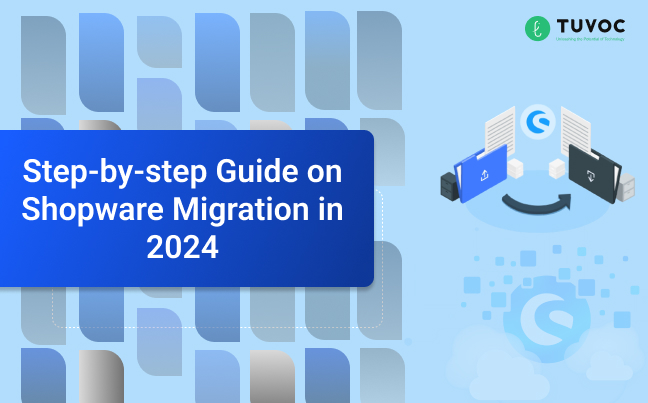Introduction
E-commerce has brought in some significant revolution in the aspect of connecting a business to its customers in the emergence. Some common reasons behind e-commerce migration are resource scarcity, substandard performance, old functionalities, and excessive maintenance. We offer a respectable substitute for your existing e-commerce system if you are aware of these problems and are thinking about moving to a different platform.
Shopware is the option that most people choose out of all the options. This post will introduce you to Shopware as an e-commerce Mobile and Web App Development solution, highlight its strengths over competing platforms, provide a migration guide, and outline the advantages of Shopware migration for your online business.
What is Shopware – A Short Introduction
A PHP-based e-commerce platform called Shopware was created in Germany over eighteen years ago. It is well known for having the greatest number of live stores in Germany and for being well-represented in the UK market. Many of the biggest e-commerce sites on the market now have more power because of it.
A developer and user community regularly contributes to, suggests improvements for, and critiques Shopware open source. Shopware’s modular architecture enables a rapid launch for the Shopware store. Because of its great scalability and complete customization, your company may easily modify the software to fit its unique needs.
Benefits of Shopware Migration
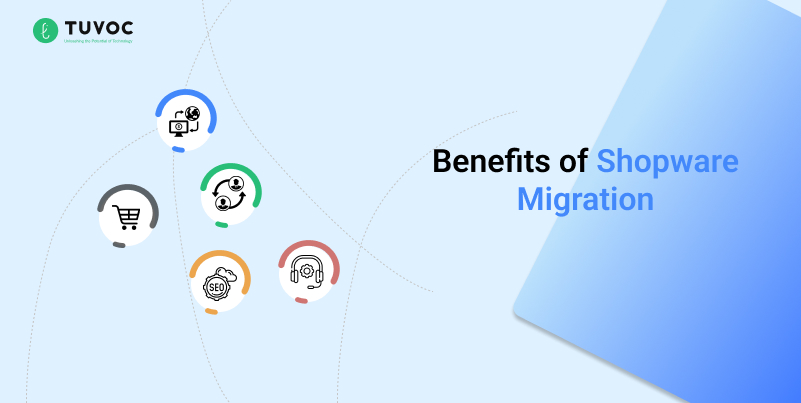
Some of the reasons you should transition to Shopware 6 include:
- Shopware B2B’s admin panel is easy to use, with a drag-and-drop interface for editing content, banners, and goods.
- Shopware offers unified access to inventory, stock, supplier, and purchase management via third-party integrations. It also enables purchasing on a marketplace with a rising number of sales channels and revenue.
- Shopware offers excellent technical support via phone or email, ensuring prompt resolution of any issues.
- Shopware is a cost-effective option for starting an online business compared to other platforms. The Shopware CE is free.
- Shopware offers significant SEO benefits for producer websites. If you have a large number of items from a single producer, consider optimizing the relevant producer’s website.
Steps to Follow for Shopware Migration
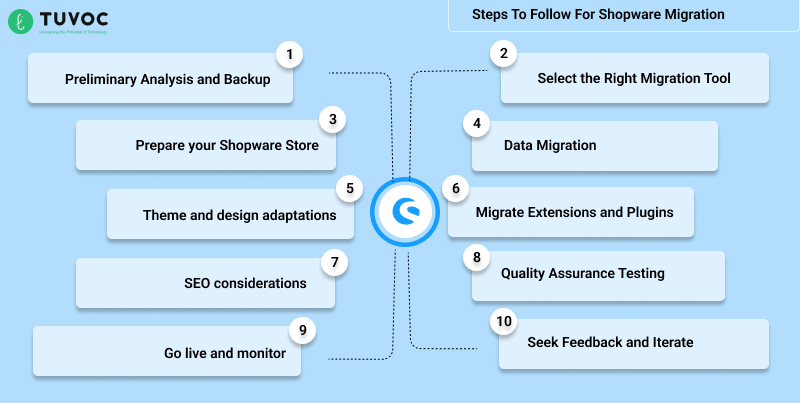
1. Preliminary Analysis and Backup
- Define the scope: Determine which data (items, customers, orders, etc.) you will migrate.
- Backup Everything: Before making any changes, make sure you have a full backup of your current store.
2. Select the Right Migration Tool
Many tools on the market can help with the Shopware transfer process. Research and choose one that meets your specific demands, making sure it is up to current for 2023 standards.
3. Prepare your Shopware Store
- Create an Account with Shopware: Sign up for one if you haven’t done so already.
- Configure Shopware: Ensure you’re running the latest version for 2024 to exploit the new highlights in general and security upgrades.
- Install Basic Settings: Set up store information, language, currency, and other necessary settings.
4. Data Migration
- Product Data: Transfer product names, descriptions, photos, SKUs, pricing, and variations.
- Customer Information: Provide names, emails, passwords, addresses, and order history.
- Order Data: Change the order numbers, statuses, products ordered, quantities, and pricing.
5. Theme and Design adaptations
Upgrade your store’s design or select a new Shopware theme. Adjust it to your brand’s specifications to ensure a consistent and appealing appearance.
6. Migrate Extensions and Plugins
Not all plugins and extensions from your prior platform may be available on Shopware. Identify important functionality and locate the related plugins in the Shopware marketplace. Remember to test each plugin’s compatibility.
7. SEO Considerations
- Setting up 301 redirects for your old URLs will help you keep your SEO rankings.
- Metadata: Update meta titles, descriptions, and keywords.
- Create a Sitemap: Send your new sitemap to search engines to assist in indexing.
8. Quality Assurance Testing
Before going live, simply test your new Shopware store completely. Check the product listings, payment gateways, plugins, and general user experience.
9. Go live and Monitor
Once you’re pleased, launch your Shopware store. During the first several days, keep track of the site’s performance, user interaction, and potential difficulties.
10. Seek Feedback and Iterate
Always welcome input from your customers. Their insights can help improve the shopping experience even further.
Bottom Line
Shopware is a popular platform that includes all of the major features you may need for your Ecommerce business. It is readily SEO-optimized. It automatically performs the majority of the basic search engine optimization settings. You simply need to manually re-adjust them as needed.
As an eCommerce web development company in India, Tuvoc Technologies provides the best eCommerce development services to create a fully responsive and secure Shopware shop, or you may engage a professional Shopware developer. We hope this guide has helped you comprehend ecommerce replatforming.
Have an Idea? Let’s Shape It!
Kickstart your tech journey with a personalized development guide tailored to your goals.
Discover Your Tech Path →Share with your community!
Latest Articles

How Algorithmic Trading Works in 2026 | The Anatomy of Automated Money
Exclusive Key Takeaways: Definition:Algorithm-based trading is a computerized trading mechanism that helps trade buy and sell on exchanges, following strict…
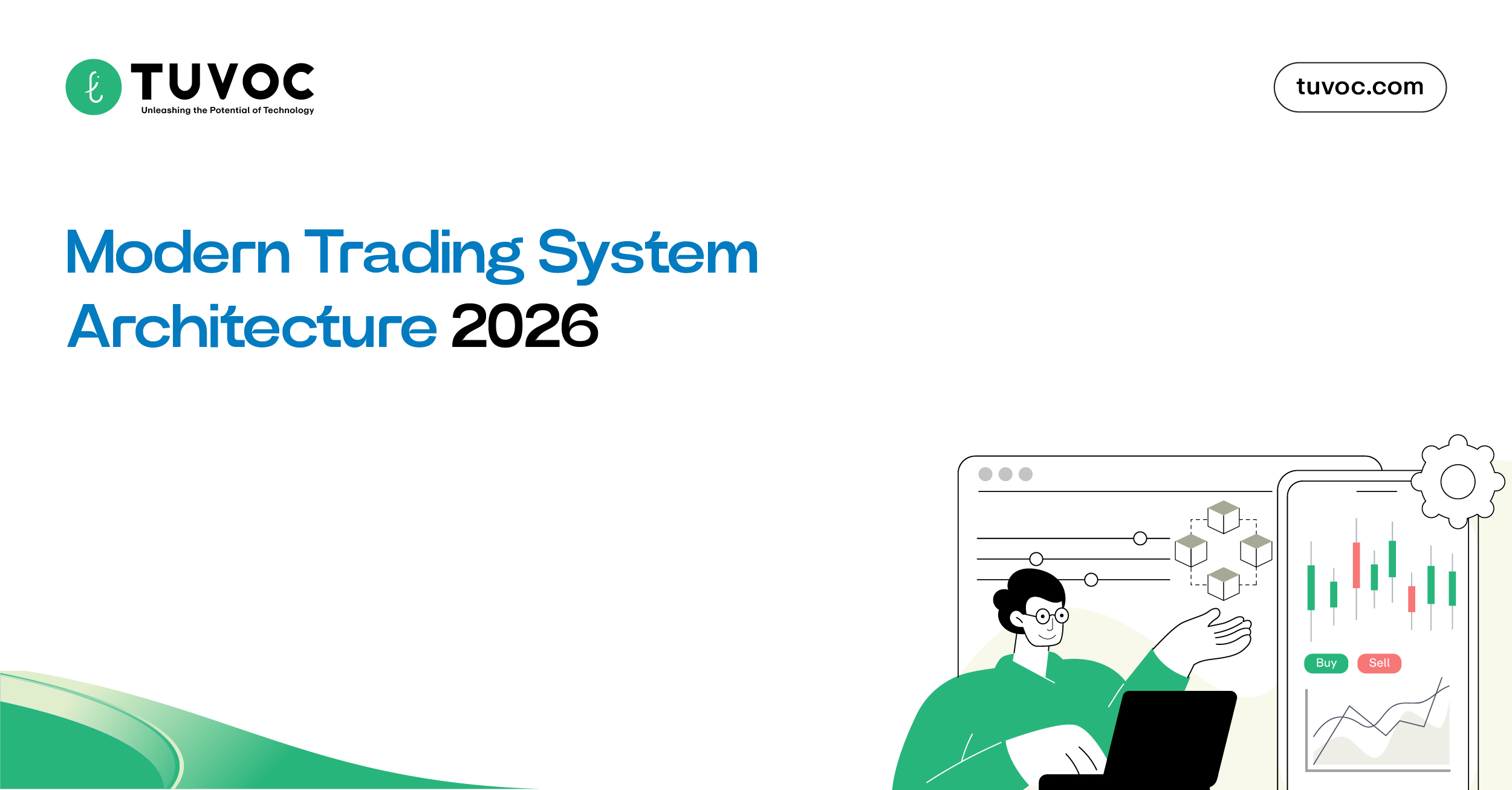
Trading System Architecture 2026 | From Microservices to Agentic Mesh
Exclusive Key Takeaways: Agentic mesh replaces microservices to minimize network hop latency. Edge-native compute moves execution logic closer to exchange…
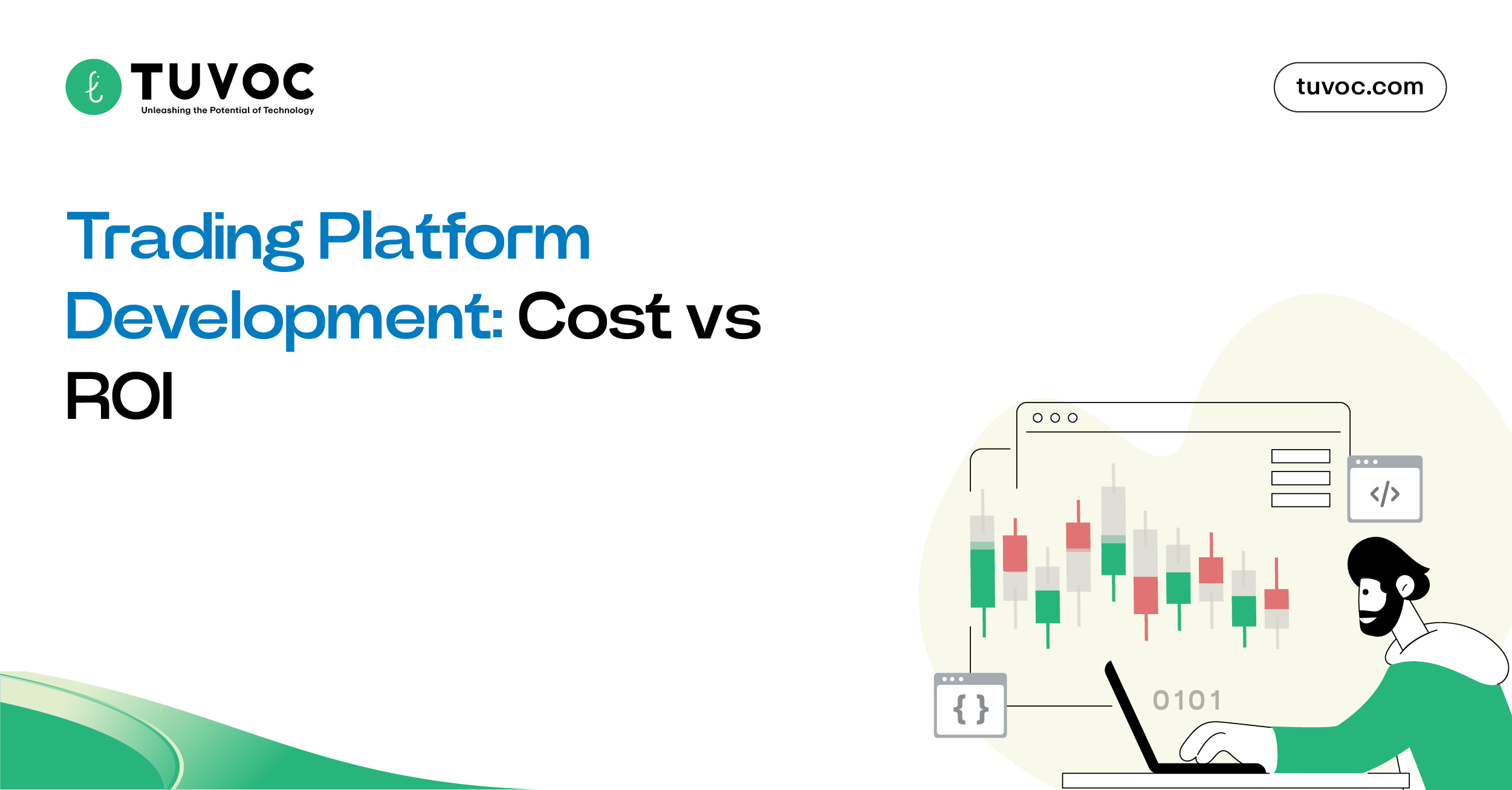
Trading Platform Development | Cost vs. ROI in 2026
Introduction - The Real Price of Building a Trading Platform in 2026 There is uneasiness among investors worldwide. The uncertainty…

